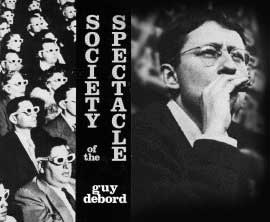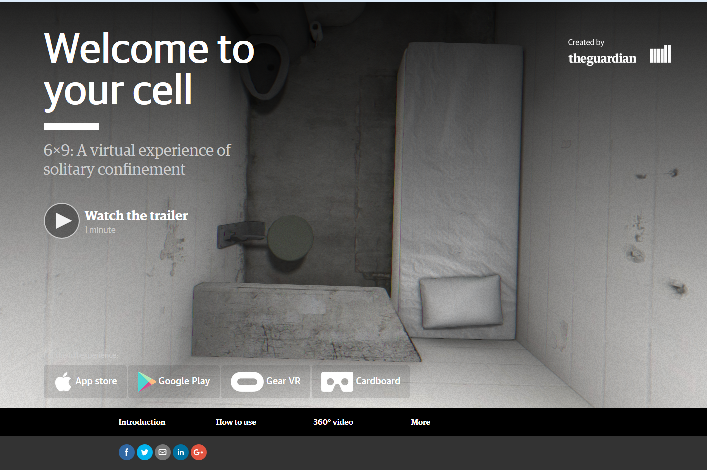For people who study media, a production like Alias Grace has much of interest. I look forward to reading and hearing about what it discussed about how the act of speaking is constructed in amazingly complex webs of power, and the possibilities for self-representation for women who are so completely caught in these webs.
In some ways AG is the anti-Downton text, removing the justification of proper social location from the manor house to the Warden’s house. The escort from prison cell to domestic space, conducted by men enforcing the will of the state, becomes an opportunity for routine micro-assaults from the guards. Director Mary Harron brilliantly brings us so close to Grace, but at the same time respects the character’s self-possession. As a viewer I felt apart from her, but that distance felt respectful, necessary, even admirable. Quite an accomplishment for a character imprisoned for two murders. What, after all, really is a confession? What does it mean for a woman to take the chance of telling the truth of what happened? Would she be believed?
Among Grace’s domestic responsibilities, she has lengthy conversations with a doctor, who acts as if he is interested in her story. And much of this story is told, all while Grace works on her quilt.
But it is not just one story. We hear and see what Grace says–choosing her words carefully and tailoring them for her audience. Then there is what Grace tells us in direct address as she narrates her situation to the audience. Finally (no spoilers), there is the voice that never gets to speak, that is inside Grace but can only get out when she is shrouded–like she is speaking though a veil that is both marital and funereal. It is amazing and terrifying and liberating when this voice is freed.
It is quite special to experience a story so thoroughly deep in the woods of patriarchy. And it should not be that unusual. The disruption of traditional legacy production models has produced opportunities for storytelling in visual media since the measure of success is so different.
This program remains an exception, but we can hope that it is becoming more likely that stories demonstrating such a clear understanding of patriarchy through displaying its failures can and will be produced.














